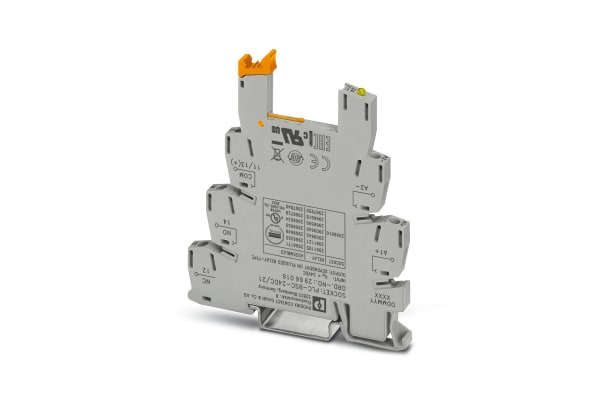Relay Interfaces
Relay interfaces are devices for housing relays. They’re a convenient way to organise and operate relays and they can also improve relay performance.Every relay contains contacts, which are pieces of electrically conductive material, usually metal. When a pair of contacts touch, they pass an electrical current, making the switch ‘closed’. When the contacts separate, the switch is ‘open’ and the current stops flowing. As well as housing relays, relay interfaces can be used to operate a relay’s contacts.How do relay interfaces work?Relay interfaces can be convenient ways to operate relays. Relays are inserted into the slot or slots in the interface and they stay snugly mounted there until they’re ejected. The relay interfaces commonly contain switches that make the contacts in each relay ‘closed’ (on) or ‘open’ (off).Relay interfaces can also contain protection circuits that expand the range of relay input voltage.Types of relay interfacesEach relay interfaces is compatible with a specific relay, or several different relays. The relays may be stacked pyramidally or slotted in side by side. Relay interfaces also differentiated by their voltages, which can be AC, DC or AC/DC.







